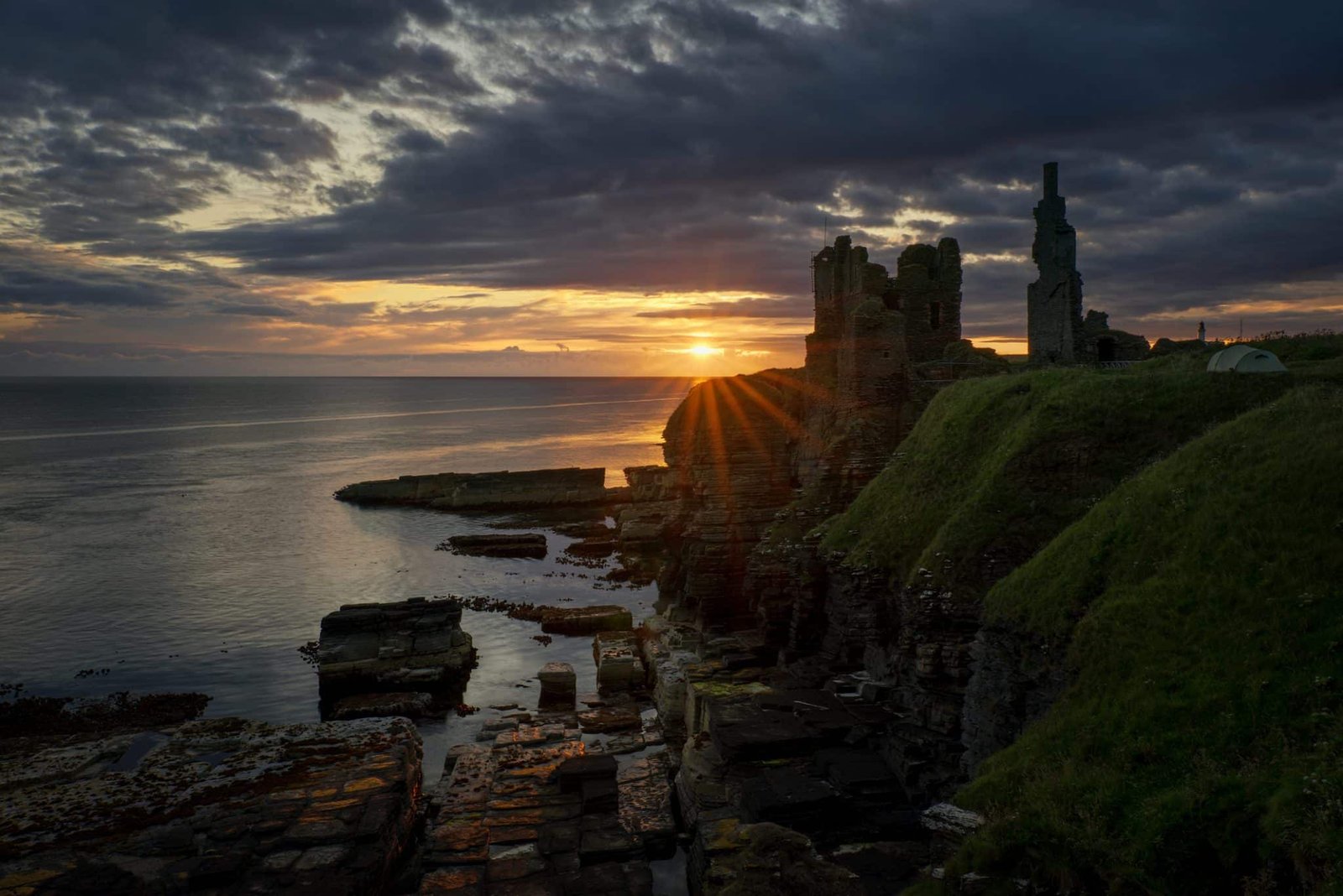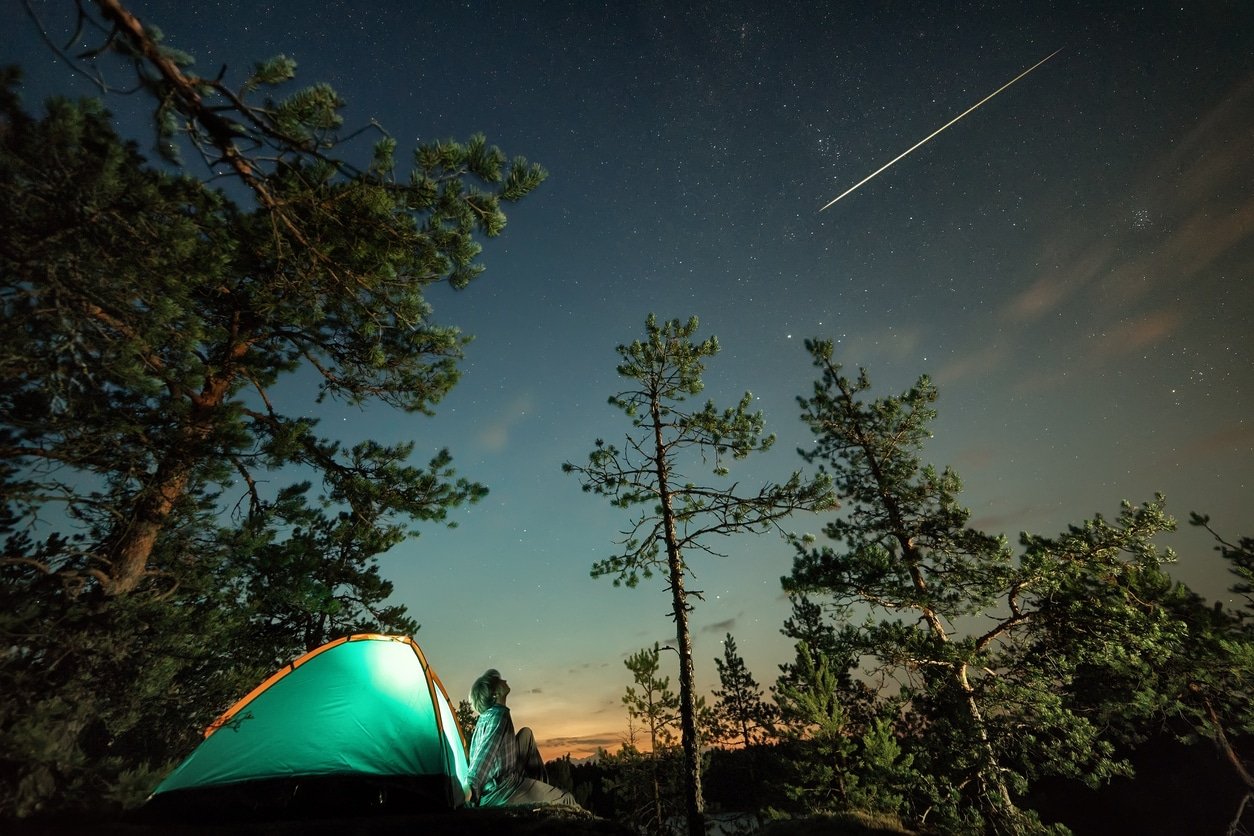North Coast 500: 5 Epic Reasons To Visit Wick, Scotland
The Royal Burgh of Wick, in Caithness, Scotland, can be bleak, cold, and pretty breezy.
In fact in 1868 Robert Louis Stevenson – the famous Scottish author of Treasure Island and Dr Jekyll and Mr Hyde – described it as a town of drunk fishermen that had “grey shores, grim grey houses, grim grey sea; not even the gleam of red tiles; not even the greenness of a tree.”
It’s fair to say, Stevenson was not a fan of Wick, one of Scotland’s most northerly towns. And many who travel the North Coast 500 route bypass this town.
However despite its sometimes grim appearance, Wick – a former Viking settlement – has much to offer and some great things to do for any intrepid traveler who makes their way to Scotland’s far north. Some of which may surprise you……

1. Take A Tour Of The Spectacular Scottish Coastline By Speedboat
Wrap up warm and get ready to feel the sea breeze and spray as you speed around Scotland’s Far East coast by boat.
Caithness Seacoast, based out of Wick, take adventurous souls on an exhilarating trip by powerboat around Caithness’ breathtaking coast line.
Here, you can see ancient Highland castles, stunning scenery – such as gaping caves and rising sea stacks – as well as Scotland’s protected wildlife like puffins, seals, dolphins and if you’re very lucky maybe even a whale.
All in all, it’s a once in a lifetime experience.

2. Visit The World’s Shortest Street
That’s right, unassuming Wick just happens to be home to the shortest street in the world! How’s that for a North Coast 500 quirk!
And it’s official.
Ebenezer Place holds the Guinness Book of Records for being the shortest street on earth, stretching for the grand total of just 2.06 meters. Unsurprisingly, only one door (No. 1 Ebenezer Place) squeezes itself onto the street.
The previous record was held by another Scottish street until 2006, when Guinness recognized Ebenezer as being the true holder – and no wonder, the previous record holder was more than double the length (5.2m).
While the honor came to Ebenezer Place in the 21st century, the street was actually first officially recognized as a street back in 1887.
If you find Mackays Hotel in Wick, you will find the street – it’s now part of the hotel.
3. Go Whisky Tasting At Old Pulteney Distillery
There’s a lot of distilleries in the Highlands of Scotland, but Old Pulteney is definitely up there as one of the best.
The award winning single malt is distilled in Wick, and if you visit you can tour the distillery, sample the whisky and see how the whole process works.
You can even bottle your own single malt whisky – a unique experience and one not offered at many whiskey distilleries around Scotland. In fact the Old Pulteney 1989 was named the world’s best single malt in 2016
Founded in 1826 with a capacity for one million liters (that’s a lot of whisky!), the distillery remains charming and continues to use water from a nearby old mill built by the famous Scottish engineer Thomas Telford (1757 – 1834).
The whisky itself is exposed to sea air as it’s created, giving a very unique fresh coastal taste.

4. Get A Real Feel Of Highland History
Films and TV series about Scottish clan history (Braveheart and Outlander come to mind) are becoming more and more popular around the world, as stories of Scottish rebels and fascinating clan folklore continue to captivate audiences outside of Scotland.
Well the Highlands, and Wick, are full of remnants of that past, with many locals continuing to have the surnames of prominent clan names.
One of the largest clans in the far north of Scotland was Clan Sinclair, and Castle Sinclair – three miles north of Wick – can still be visited to this day.
In fact the castle is made up of two castles – one from the 15th century, and another from the 17th.
Although mostly a ruin now, a visit to the castle will see you walk in the footsteps of Scottish history. From battles against Norwegian invaders and occupiers (the north of Scotland was once under Norwegian control) to conflict with more local foes, this place is a must visit.
In fact there’s history everywhere in the region. Wander around and you will see ruins of old croft (farming) houses – many of these are from the Highland Clearances, a time when locals were forced (and many killed) from their homes by landlords who wanted to clear the land for more profitable ventures, such as sheep farming or deer stalking.
The Clearances, a dark chapter in Scottish history, is one of the reasons there’s a large Scottish ancestry in North America to this day.

5. Enjoy Miles Of Unspoiled Sandy Beaches To Yourself
So we won’t pretend that a Scottish beach is the same as a St Lucian one, but the far north of Scotland has miles upon miles of wide sandy unspoiled beaches that are barely used.
If you’re visiting Wick in summer (and it’s a warm day…..) then go find them, take a picnic, and dip your toes in the refreshing cold water of the North Sea.
If it’s a little chilly, then we wouldn’t recommend sunbathing, but the beaches can still be enjoyed. Especially as you can walk them while enjoying your own solitude, or the company of a loved one, with a good chance that you not meet a single soul in the process.
Looking for more ideas of places to visit on your North Coast 500 trip? Then check out our article on unique and free (!) North Coast 500 day trips by clicking here.







